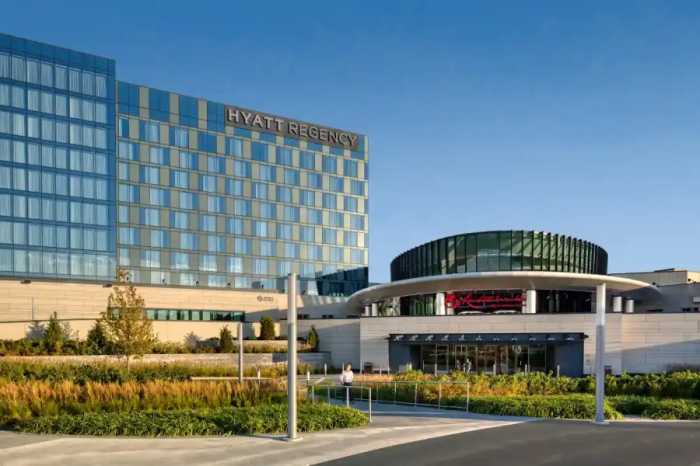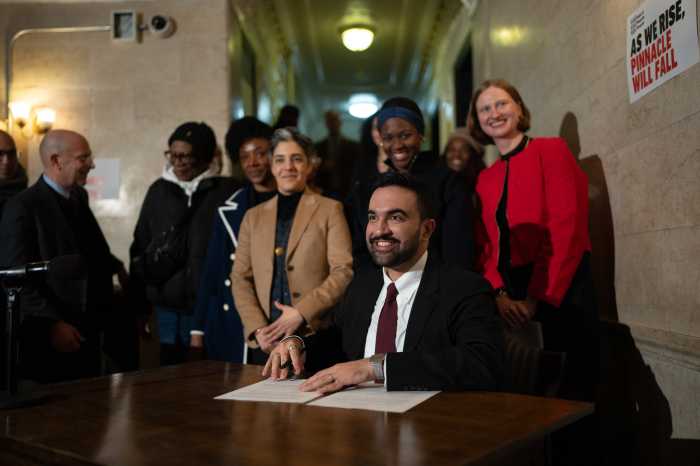
Photo via Getty Images
June 27, 2024 By Richard Khuzami
Most of the media coverage regarding the City of Yes zoning changes, regarding increasing housing, are focused on the negative response from many of the Community Boards from the outer boroughs, especially those especially distant from Manhattan (as of today, we have seen no coverage of CB1 Queens approval of the City of Yes Housing proposal).
However, another view is that the increase in housing is directly related to affordability and is the responsibility for all New Yorkers to support.
One example was during the COVID-19 pandemic. The city lost many inhabitants, which led to an increase in available housing stock. And rents fell significantly, even offering free months. Once people started moving back and available stock decreased, rents jumped up quickly. We can all have theoretical arguments regarding best ways to cut housing costs, but here is a real-world example you can’t deny.
We are a Civic Association on the Astoria waterfront and view this proposal in a positive light.
1. Community Districts 1 and 2 (Astoria/Long Island City) has seen a tremendous amount of new construction, and recent rezonings promise significant increases in our housing stock (such as Astoria Cove, Astoria North, and Innovations Queens; approximately 6,000 apartments).
However, other districts in Queens have failed to provide their fair share of new housing. The NIMBY’s have ruled.
We are more than happy to provide our fair share of new housing. But we need others to meet their responsibilities!
The City of Yes spreads out new housing throughout the borough and takes into account transit and infrastructure limitations. We strongly support this approach. Our neighborhood suffered redlining starting in the 1930’s. We should not have to suffer through this modern version.
2. Some have suggested area rezonings are a better way to go, and we are strongly in support of such approaches to make sure non-conforming buildings are not an impediment to growth. But this does not deal with the inevitable NIMBYism which would accompany such zoning studies.
3. We also view positively the ability to legalize basements and separate structures on your land based upon any environmental and safety restraints. And conversion of commercial to residential buildings makes sense, especially to provide entry level affordable housing to young people and immigrants, the
lifeblood of continued economic and cultural growth in our great city. However, we also feel that property taxes need to be addressed. We don’t want high tax increases to act as a disincentive to taking advantage of these opportunities.
4. One area we disagree with the proposal: Any private structures built on NYCHA property needs to be affordable to current NYCHA residents. With such huge estimates for NYCHA repairs, new buildings may be more affordable, and provide better housing if rent requirements remain the same.
With everyone pulling together, there is no limit to what we can accomplish. But with everyone just supporting their own selfish interests, our future as the greatest city in the world will become a distant memory.
*Richard Khuzami is the president of the Old Astoria Neighborhood Association, which seeks to promote economic growth, quality of life and cultural health in the Astoria neighborhood.



































